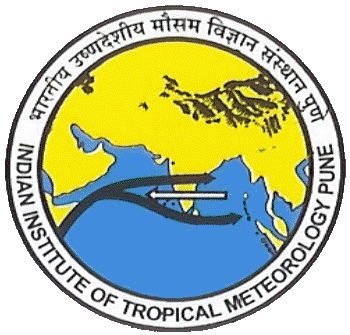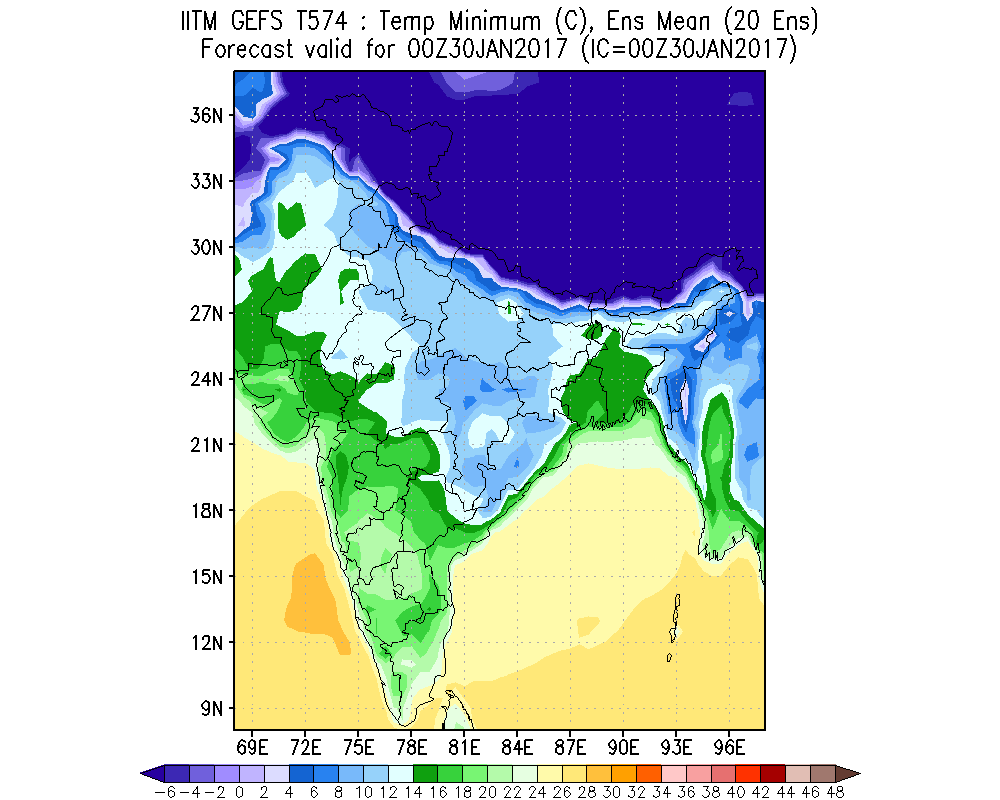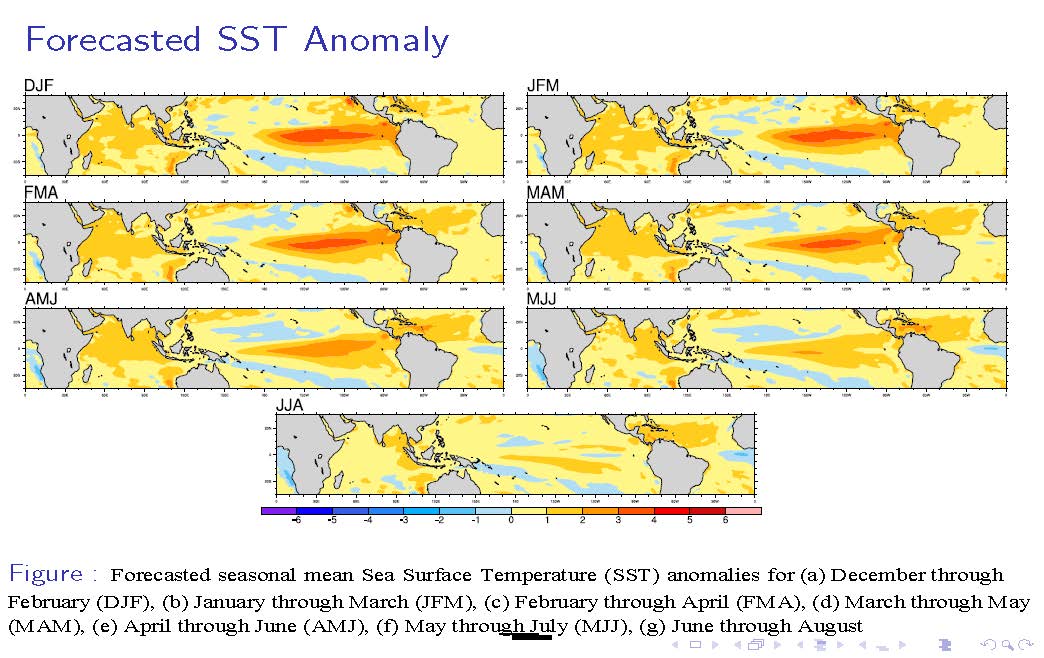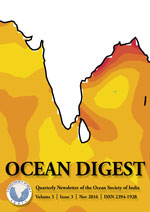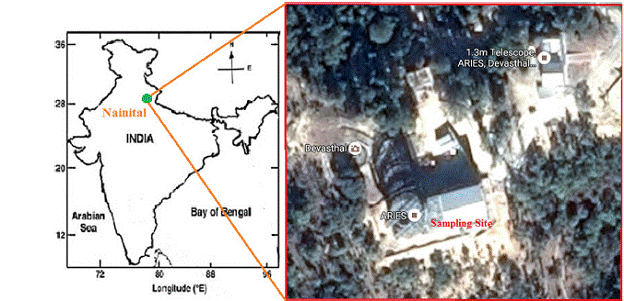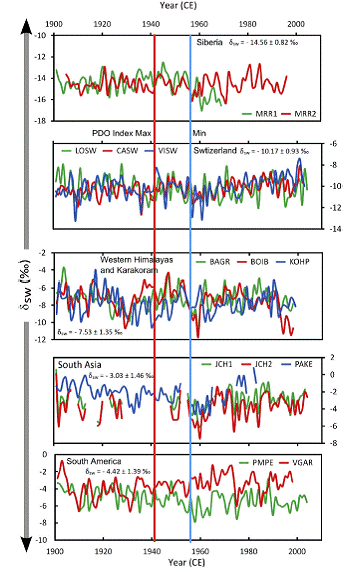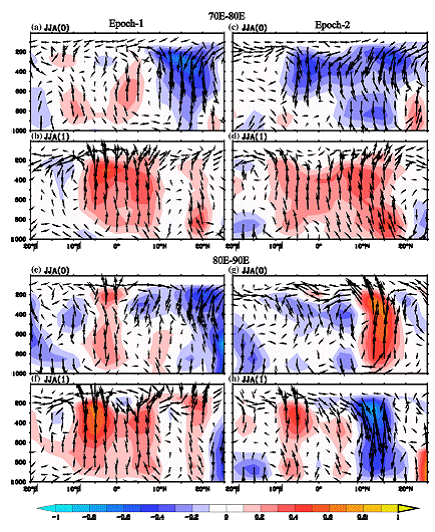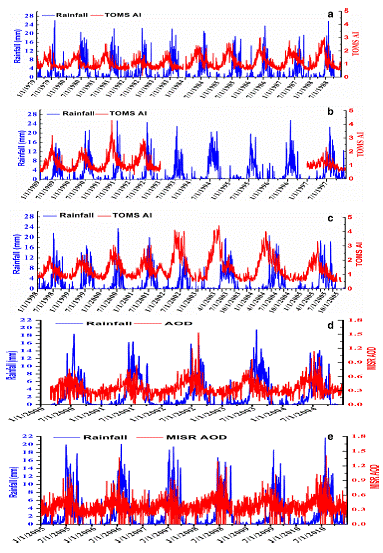IITM Publication Highlights
Effects of multilayer snow scheme on the simulation of snow: Offline Noah and coupled with NCEP CFSv2
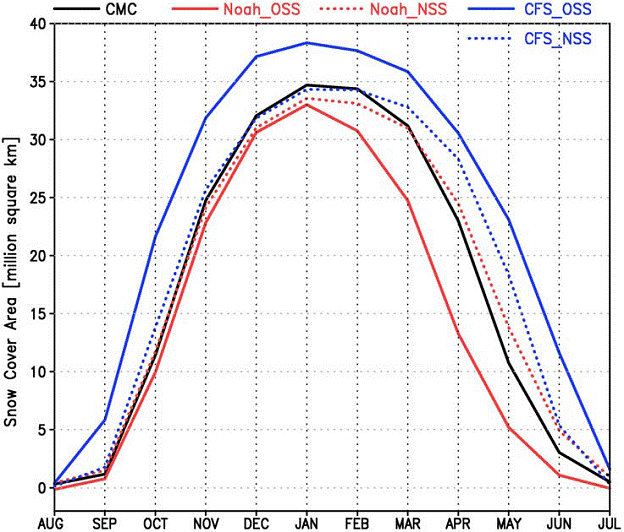 |
A multilayer snow scheme is introduced in the Climate Forecast System version 2 (CFSv2) of the NCEP. Many previous observational and modeling studies have identified Eurasian snow as one of the important predictors the Indian summer monsoon rainfall (ISMR). However, CFSv2, which is used by IITM for predicting the monsoon rainfall on sub-seasonal to seasonal time scale, had a large difficulty in simulating the mean snow over Eurasia. This is a completely in-house model development activity and shows promising results in the simulation of snow as well as ISMR.
Read more...
(Saha Subodh K.et al., Jr. Adv. Modeling Earth Sys., 9, January 2017,DOI:10.1002/2016MS000845, 1-20) |
Long term temperature trends at major, medium, small cities and hill stations in India during the period 1901-2013
|
In the present study, seasonal and annual mean, maximum and minimum temperature data of 36 stations for the period 1901-2013 have been used. These stations are classified into 4 groups, namely major, medium, small cities and hill stations. During the period 1901-1970, less than 50 % stations from each group showed a significant increasing trend in annual mean temperature, whereas in the recent period 1971-2013, more than 80 % stations from all the groups except small city group showed a significant increasing trend. The minimum temperature increased faster than that of the maximum temperature over major and medium cities, while maximum temperature increased faster than the minimum temperature over the small cities and hill stations. Read more... (D. R. Kothawale, N. R. Deshpande and Rupa Kumar Kolli, American Journal of Climate Change, 5, Sept. 2016) |
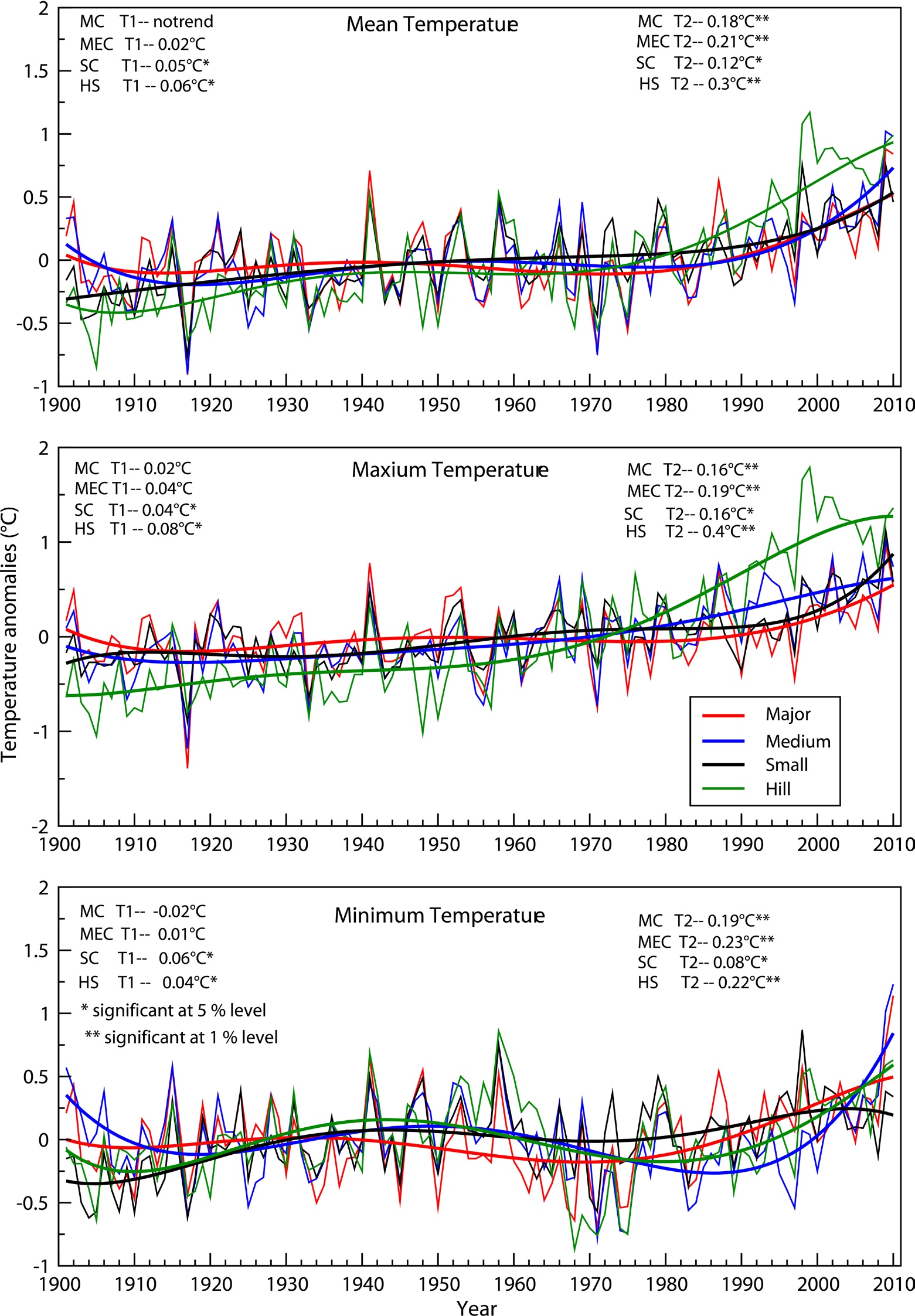 |
Observations of monsoon convective cloud microphysics over India and role of entrainment-mixing
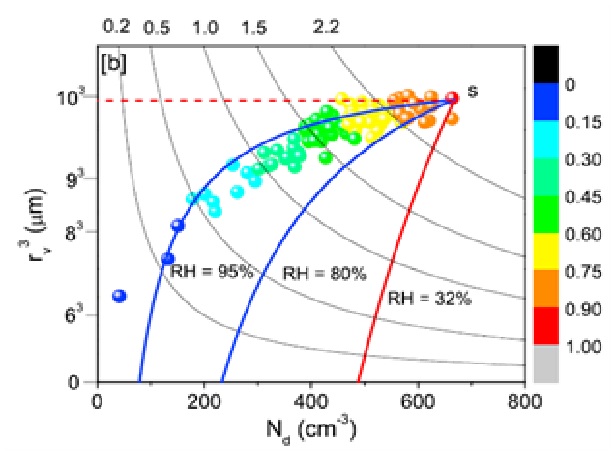 |
Microphysical characteristics of premonsoon and monsoon deep cumuli over India are contrasted focusing on influences of environmental thermodunamics and entrainment-mixing processes. Differences in the lower tropospheric temperature and moisture profiles lead to contrasting undiluted cloud buoyancy profiles around the cloud base. The conserved-variable thermodynamic diagram suggests that entrained parcels originate from levels close to the observational level. Mixing processes and their impact on the droplet size distribution (DSD) are investigated contrasting 1 Hz and 10 Hz observations. Read more... (Bera, S., T. V. Prabha, and W. W. Grabowski, Journal of Geophysical Research- Atmosphere, August, 2016) |
